Herbs!
Creative Herb
Garden Themes
and Projects

Judy Lowe

Copyright 2010, 2011 Judy Lowe
All Rights Reserved. No part of this book may be reproduced or transmitted in any form, or by any means, electronic or mechanical, including photocopying, recording, or by any information storage and retrieval system, without permission in writing from the publisher.
Published by Cool Springs Press
P. O. Box 2828
Brentwood, Tennessee 37204
Digital edition: 978-1-61059-823-1
Softcover edition: 978-1-59186-490-5
Lowe, Judy.
Herbs! : creative herb garden themes and projects / Judy Lowe.
p. cm.
Includes index.
ISBN 978-1-59186-490-5 (pbk.)
1. Herb gardens. 2. Herb gardening. I. Title. II. Title: Dig, plant, grow! Herbs. III. Title: Bakers dozen herb garden projects.
SB351.H5L69 2011
635.7--dc22
2010034940
First Printing 2011
Printed in the United States of America
10987654321
Managing Editor: Billie Brownell, Cover to Cover Editorial Services
Art Director: Sheri Ferguson, Ferguson Design Studio
This book is intended to provide information about growing and using herbs. It is not intended to offer medical advice, which should come from a doctor. Readers should be aware that individuals react differently to various herbs and that some herbs that are considered beneficial in small quantities are harmful in large doses. Some may cause undesirable side effects. Neither the publisher nor the author can be held responsible for adverse reactions to the recommendations or recipes in this book. Use of all herbs is at the readers risk.
Dedication
To David and Randy. No one could ask for two better brothers.
Acknowledgements
As always, this book owes its readability to Billie Brownell, one of the bestand nicesteditors in the business. And it owes its existence to Roger Waynick, a publisher whos always exploring new possibilities. A thousand thank-yous to Cindy Games, who seems to do everything and always does it well. Big thanks also to Elayne Sears for her charming and creative illustrations, to Sheri Ferguson for her great design, and to Jennifer Greenstein, for careful and conscientious copyediting.
I also owe a debt of gratitude to my husband, who never complained once about the moving cartons that didnt get unpacked while I was finishing this project as we moved from Massachusetts to South Carolina. Without these angels in disguise, this book wouldnt be. Im grateful to them all.
Judy
Introduction
Introduction
Why are herbs so popular? Because they strike the perfect balance between practicality and pleasure. They produce flowers, have varied and interesting fragrances and textures, and are useful in many ways, from cooking to landscaping. Just as nice from a gardeners perspective is that herbs arent at all difficult to grow. Even beginners can be successful with a wide range of herbs. Many hesitate to try, though, because herbs are such a diverse group of plants that it isnt as easy to know how to grow them as it is, say, a flat of marigolds.
The spelling and pronunciation of the word herb have varied down through the ages. In English, the word began as herb, with the h pronounced. Later, the h was dropped in the pronunciation and the word even began to be spelled erb. In the Middle Ages, the h returned to the spelling, but not to the pronunciation. During the nineteenth century, the British returned the h to the pronunciation, too, speaking the word as their American cousins pronounce the mans name. Americans continued with the old pronunciation, urb. The French, whose word is herbe, also pronounce it with a silent h.
Herbs come in many sizes, from tiny soil-hugging ground covers to shrubs and trees. Some are perennials and return year after year; others are annuals that vanish with the first fall frost.
Still, its this variety that makes herbs so appealing. An herb garden isnt just green. It can sometimes be a riot of colorbold purple, gold, silver, and bicolor cream-and-green leaves abound in the herb world, joined by flowers in all hues of the rainbow. Fragrances run the gamut from sharp and spicy to sweet and fruity and everything in between.
Kids, as well as adults, enjoy the feast for the senses offered by herbs, caressing the soft, fuzzy leaves of lambs ears and snapping off a chocolate mint leaf to sniff.
This isnt anything new, of course. Herbs are mentioned frequently in the Bible and in the writings of Shakespeare. They have a long and fascinating history that stretches back to earliest recorded history. We dont know exactly how people began using herbs, but ancient burial sites have included medicinal herbs, and early writings of the Chinese, Egyptians, Romans, and Greeks tell of the study and use of hundreds of herbs to cure ailments of all types.
Herbs Are Useful Plants
Today, the effectiveness of some herbal folk remedies has been disproved. But many modern medicines include plant-derived ingredients or are based on a compound derived from plants.
We may consider ourselves far removed from the ancient Romans or Egyptians, but we use herbs in many of the same waysfor wreaths, cooking, teas and other beverages, bath and cosmetic preparations, flavoring, air freshening, seasoning, and a multitude of other uses.
What is an herb? Many consider it to be any useful plant. You may know some of the plants in this book, such as yarrow and bergamot (bee balm), as perennial flowers, and you may consider others, such as garlic and chives, to be vegetables. But theyve all been part of the herb world for hundreds of years.
Designing an Herb Garden
Although this book gives a number of suggestions for creating herb gardens on specific themes and presents illustrations of one way to plant each garden, it does not offer specific plant-by-number designs. This was done deliberately so that you can create gardens that work for your yard and its conditions, and in the spaces you have available.
All too often, gardeners discover generic designs are either too large or too small for their yard, contain plants or colors that the gardener doesnt want to use, and call for plants that are better suited for a warmer or colder climate or for a shady garden when the gardener has full sun, and so on.
We provide lists of herbs that fit the theme of each garden, and then we give you information that helps you decide if they fit into your particular landscape. Do the suggested herbs need moist or dry soil? Are they annual or perennial? How tall will they grow? Can they be grown in small spaces or containers?
The first consideration is to match the herbs youre interested in growing with the conditions you have. More than almost anything else you do, this will determine your success or failure. Ask yourself:
 Do you have sun or shade? Most herbs like full sun, except in the hottest climates, but many will manage just fine in partial shade (about 5 hours of sun each day).
Do you have sun or shade? Most herbs like full sun, except in the hottest climates, but many will manage just fine in partial shade (about 5 hours of sun each day).
 Does your soil hold moisture well after rain or watering, or does it drain quickly and rapidly dry out? Many herbs, native to the hillsides of the Mediterranean region, are tolerant of dry soil, which is good news for gardeners. But whichever kind of soil you have, grow plants that prefer it. Both kinds of soil can be improvedso moist soil drains better and dry soil holds moisture betterby the addition of organic matter such as compost or rotted leaves.
Does your soil hold moisture well after rain or watering, or does it drain quickly and rapidly dry out? Many herbs, native to the hillsides of the Mediterranean region, are tolerant of dry soil, which is good news for gardeners. But whichever kind of soil you have, grow plants that prefer it. Both kinds of soil can be improvedso moist soil drains better and dry soil holds moisture betterby the addition of organic matter such as compost or rotted leaves.
Next page



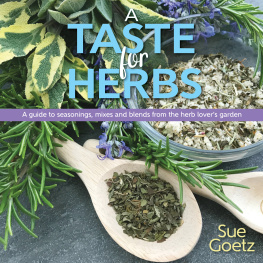
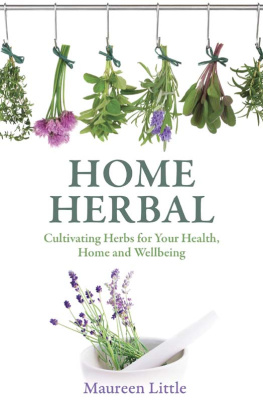
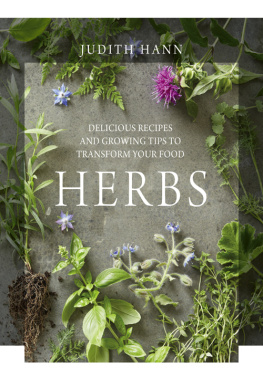
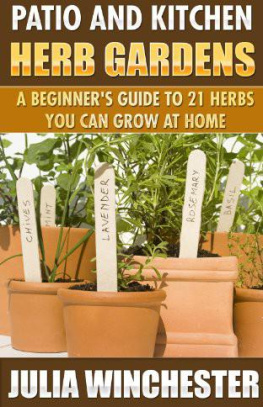
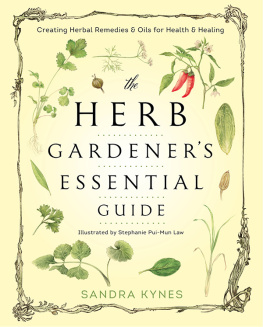
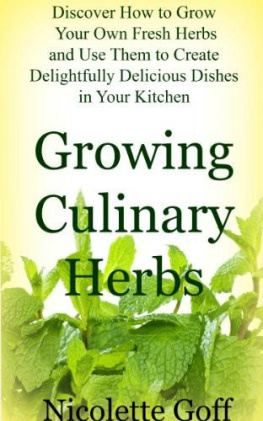
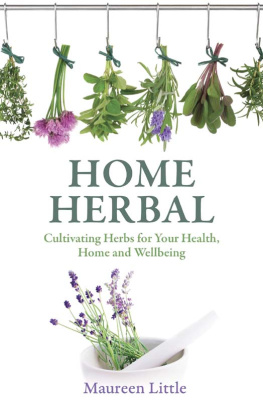



 Do you have sun or shade? Most herbs like full sun, except in the hottest climates, but many will manage just fine in partial shade (about 5 hours of sun each day).
Do you have sun or shade? Most herbs like full sun, except in the hottest climates, but many will manage just fine in partial shade (about 5 hours of sun each day).